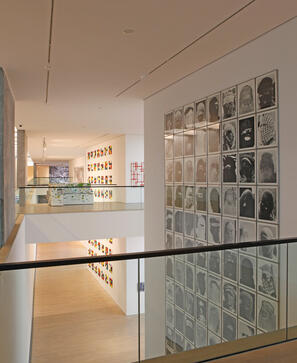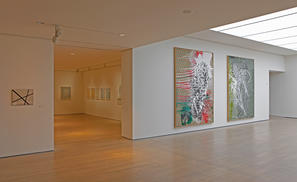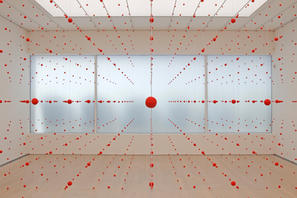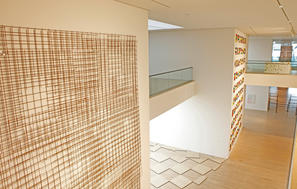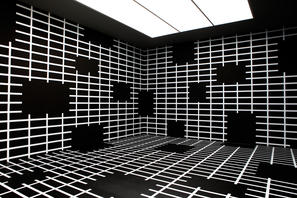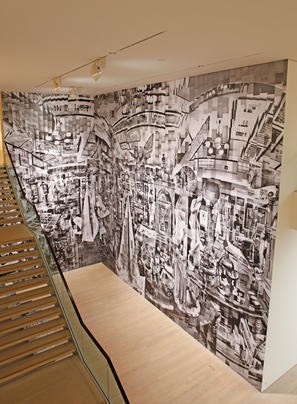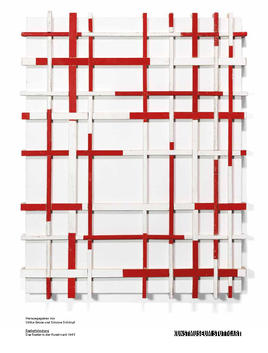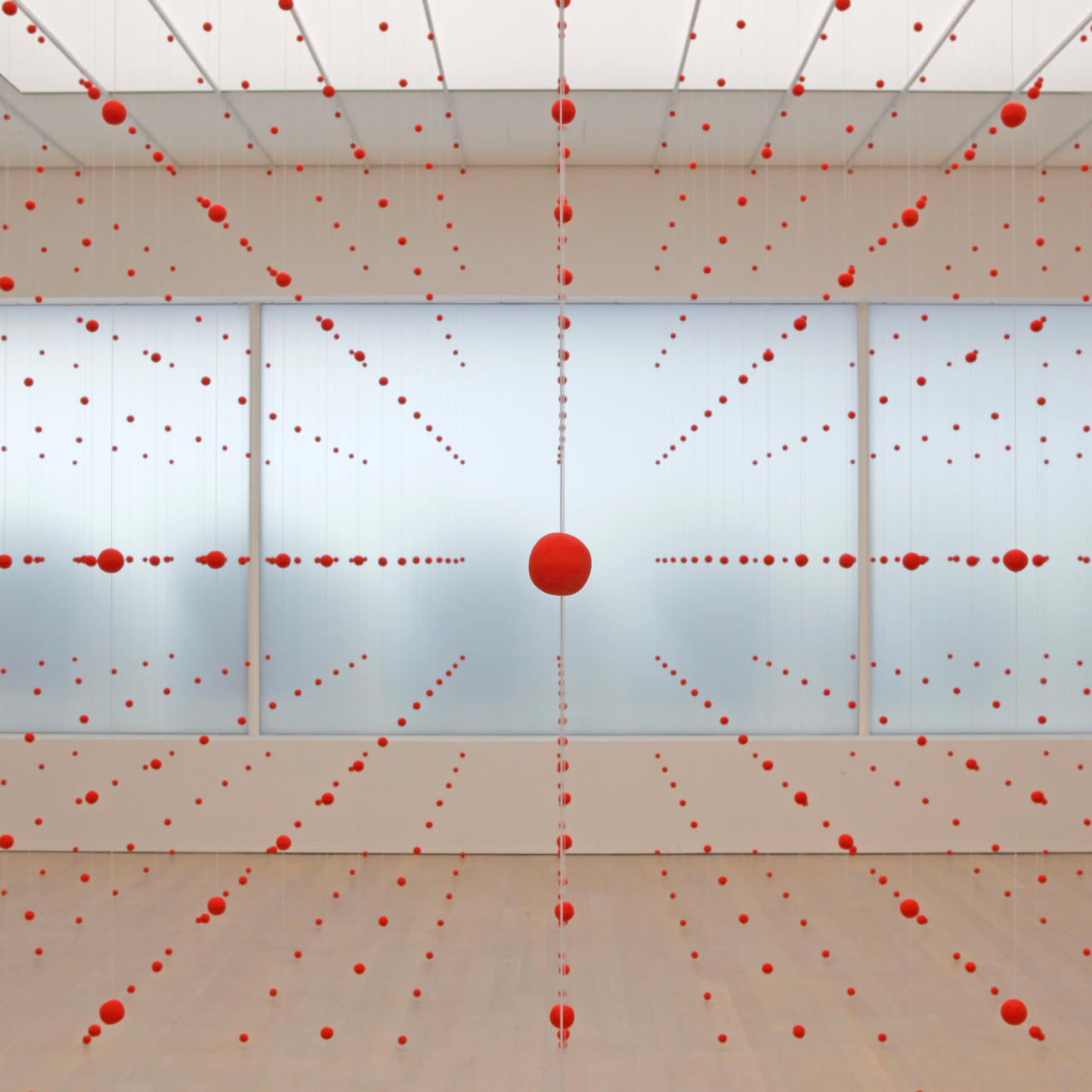
Tracing the Grid. The Grid in Art after 1945
Like no other structure, the grid defines art of the twentieth and twenty-first centuries. This has been extensively researched in relation to the avant-garde, Piet Mondrian, and the Bauhaus movement; on the other hand, the significance of the grid in art since 1945 has never before been represented in an overview. The exhibition filled this gap and illuminated the importance of the grid in art, presenting examples from around fifty artists.
Here we can see two main trends: in concrete and constructivist art, the grid is appreciated for its formal severity and as a principle of repetition. Parallel to this, artists such as Sigmar Polke and Roy Lichtenstein adopted the grid as a social model forming the basis for the media world, architecture, town planning, or data acquisition. Today many young artists such as Esther Stocker, Sarah Morris, Michiel Ceulers, and Tim Stapel no longer distinguish between these two approaches, but are fascinated by the immense creative potential of the grid structure.
Curator Simone Schimpf
Research assistance Ilka Voermann
Sponsored by Kulturstiftung des Bundes, Stiftung Froehlich, Hugo Boss
Catalog
Rasterfahndung. Das Raster in der Kunst nach 1945 /
Tracing the Grid. The Grid in Art after 1945
Edited by Ulrike Groos and Simone Schimpf
With a foreword by Ulrike Groos and texts by Julia Bulk, Ulli Götte, Hannah B. Higgins, Simone Schimpf, Andrea Sick, Ilka Voermann and Annett Zinsmeister
Softcover with dust jacket, 320 pages with approx. 350 images, German / English
Wienand Verlag
ISBN 978-3-86832-089-3
34 € (Museum), 39,80 € (Bookstore)
You can order the catalog bestellungen [at] kunstmuseum-stuttgart [dot] de (by mail) according to our terms and conditions. After placing your order an invoice will be sent to you. We will ship as soon as we receive your payment. Shipping costs within Germany: 4,90 €
